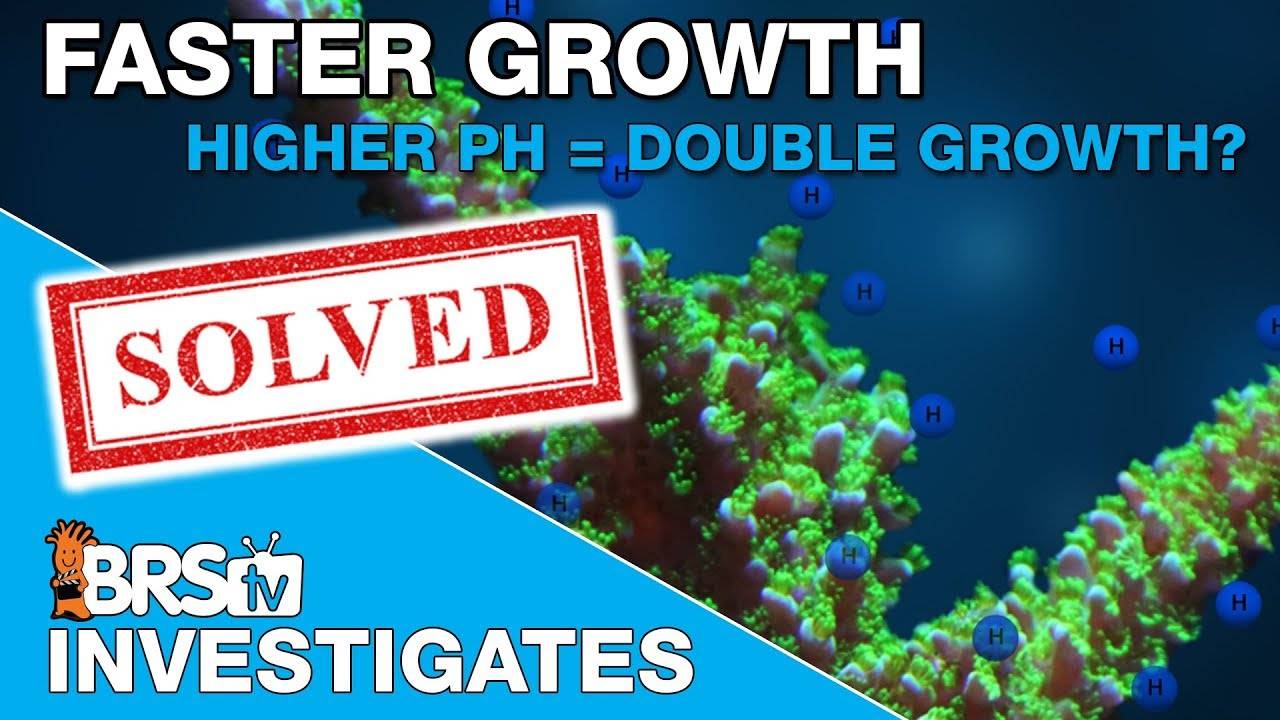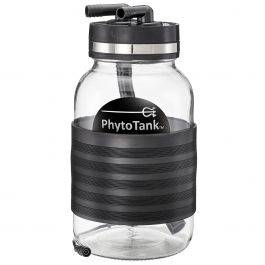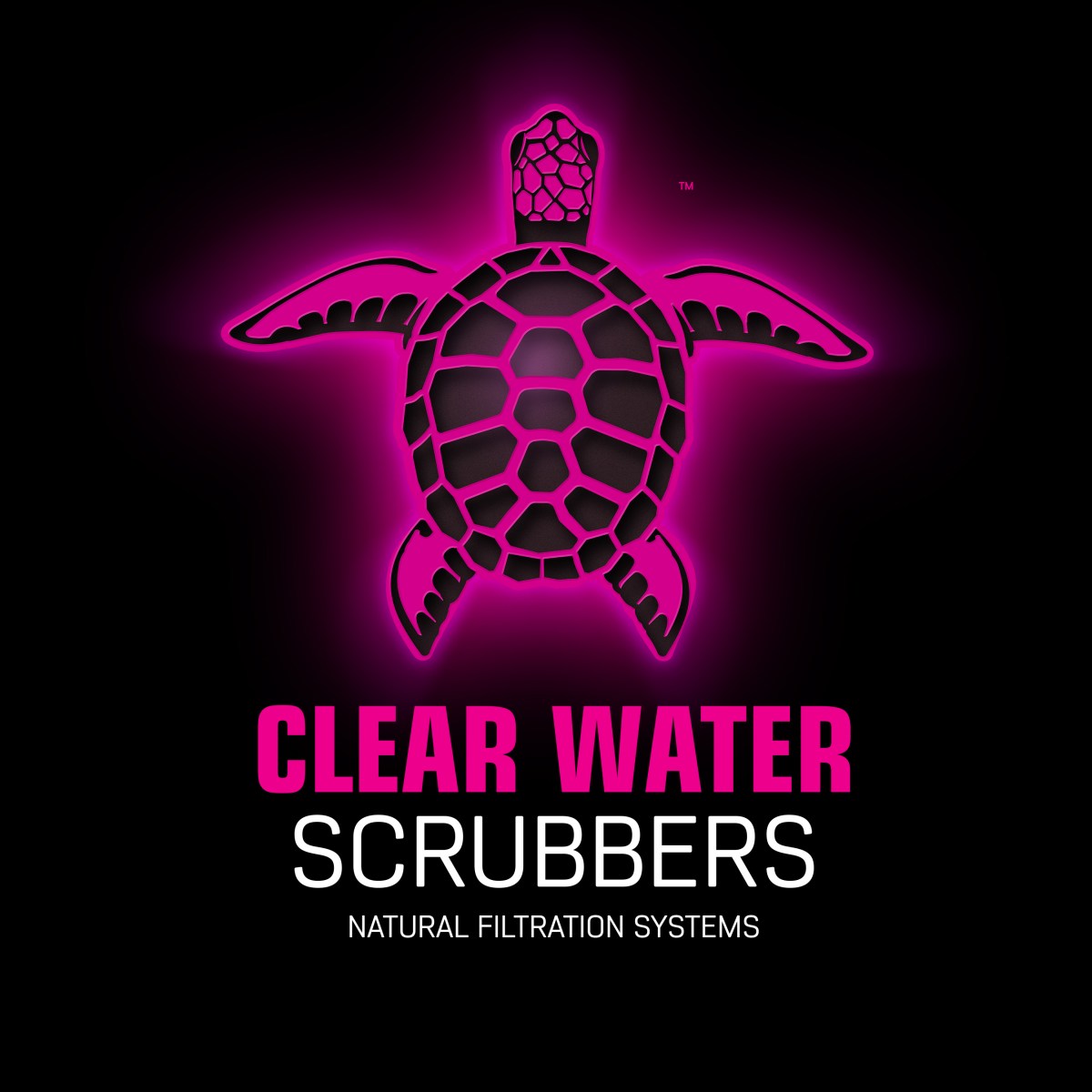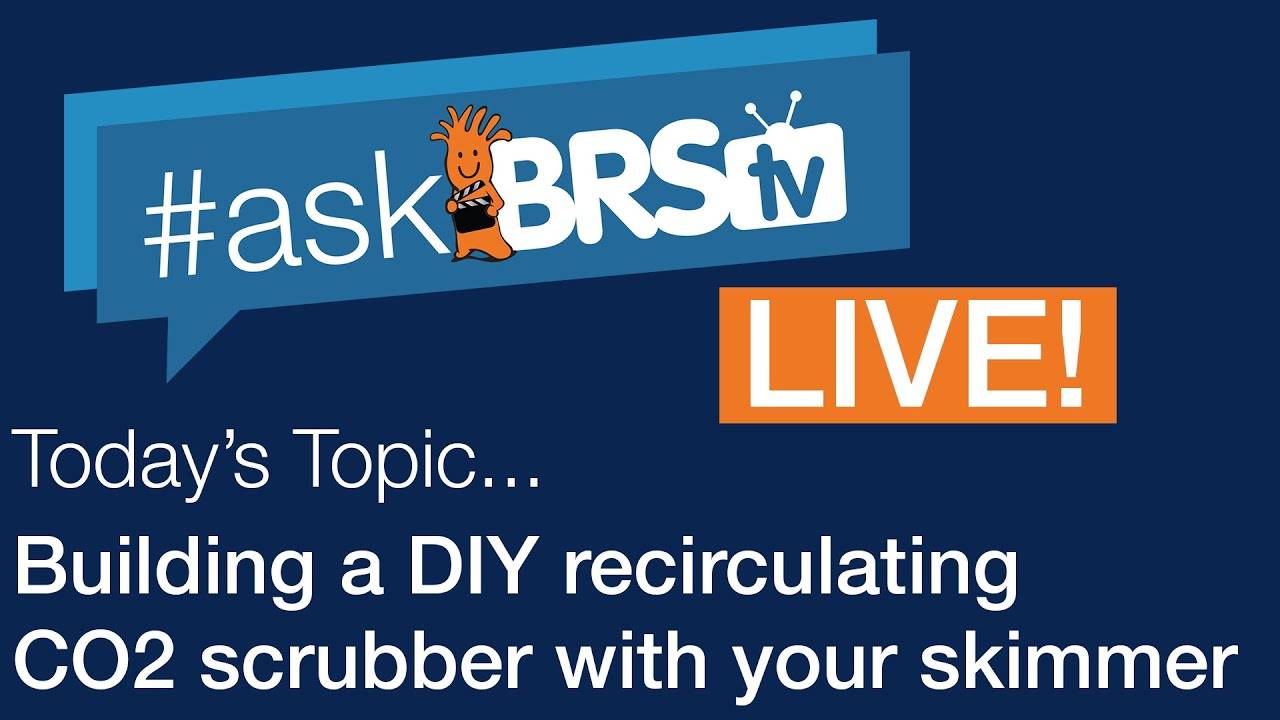Starting a new tank. Had great success for a couple years with a 13.5 and I just upgraded to a 50. Most likely only transferring a coral or two so I’m setting it up as a new independent system with new rock sand and everything.
my ph in the new tank has been between 7.8 and 7.9 and my kh has been between 9-9.5. I want to raise ph and I’ve done all the hacks like surface agitation, open a window etc and it’s helped but insignificantly. I only have a pair of small clownfish and a few softies in the tank. How will I be able to raise my ph without raising my kh? If I need corals to absorb kh for me to justify using kalkwasser then am I just supposed to put lps and sps corals in 7.8 ph until then?
basically asking how to balance kh ph in a new setup. Don’t really care about chasing numbers but I will chase 8.2-8.3 ph.
my ph in the new tank has been between 7.8 and 7.9 and my kh has been between 9-9.5. I want to raise ph and I’ve done all the hacks like surface agitation, open a window etc and it’s helped but insignificantly. I only have a pair of small clownfish and a few softies in the tank. How will I be able to raise my ph without raising my kh? If I need corals to absorb kh for me to justify using kalkwasser then am I just supposed to put lps and sps corals in 7.8 ph until then?
basically asking how to balance kh ph in a new setup. Don’t really care about chasing numbers but I will chase 8.2-8.3 ph.

















